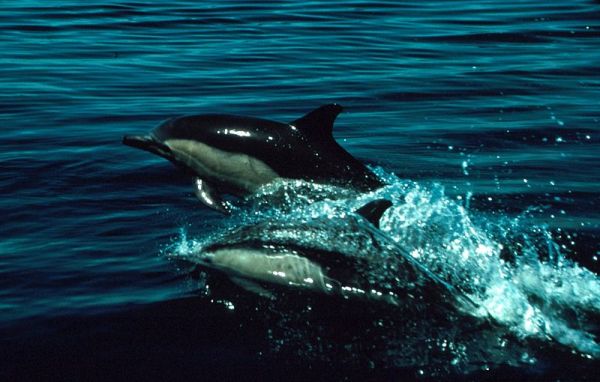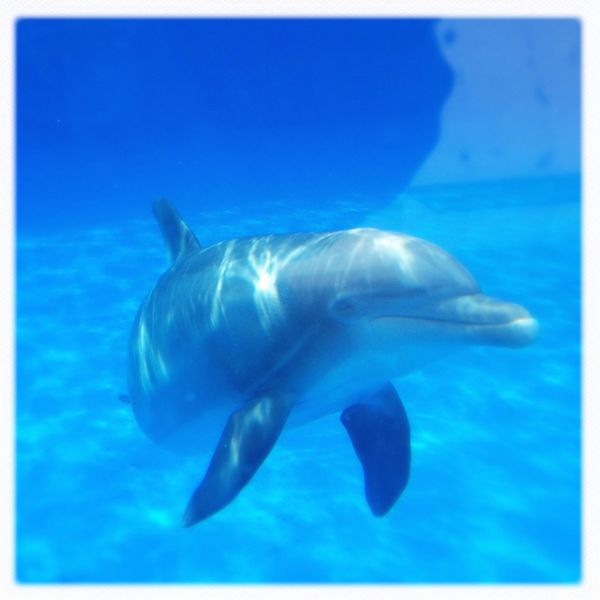'One of the most significant archaeological discoveries of the 20th century'. Picture: The Siberian Times
The first replica face has been created of the famous tattooed
Siberian princess found mummified and preserved after almost 2,500 years
in permafrost. A Swiss expert has used special taxidermy techniques to
build an accurate reconstruction of the ice maiden who was uncovered by
archaeologists in 1993.
Known as Princess Ukok, after the high altitude plateau on which she
was discovered, her body was decorated in the best-preserved, and most
elaborate, ancient art ever found. While her discovery was exciting,
particularly given how intact her remains were, her face and neck skin
had deteriorated, with no real clue as to what she once looked like.
However, now her face has been revealed to the world for the first
time following the work by Swiss taxidermist Marcel Nyffenegger.
Mr Nyffenegger, who lives in the small town of Schaffhausen, was
asked to work on a likeness of Princess Ukok for the Historical Museum
of the Palatinate in Speyer, Germany. While he has expertise in stuffing
animals, his main passion is the reconstruction of the faces of ancient
peoples, including the Neanderthals.
Working with a 3-D model of the mummy’s skull, he spent a month
painstakingly piecing together her facial muscles and tissue layers as
well as reconstructing her skin structure, eyes and expression.
The resulting plasticine model was then covered with silicone and a
rubber-resin mixture before finer details such as eyebrows and eyelashes
were added. More than 100,000 individual strands of hair were used to
give the princess her flocking locks, a process that in itself took two
whole weeks.
'That two weeks took me to the brink of insanity', the expert
confessed. 'I didn’t spend more than two or three hours a day on that
part because it was very boring and neck pain literally forced me to do
something else'.
The reconstruction of Princess Ukok is on display at the museum in Germany.

The mummy was excavated by Novosibirsk scientist Natalia Polosmak and
was heralded as 'one of the most significant archaeological discoveries
of the 20th century'.
Thought to be about 25 years old when she died, she was found
preserved in permafrost in the Altai Mountains at an altitude of about
2,500 metres, with two men also discovered nearby. Buried around her
were six horses, saddled and bridled and said to have been her spiritual
escorts to the next world, along with a meal of sheep and horse meat.
Archaeologists also found ornaments made from felt, wood, bronze and
gold as well as a small container of cannabis and a stone plate on which
coriander seeds were burned. From her clothes and possessions including
a 'cosmetics bag', scientists were able to recreate her fashion and
beauty secrets.
She was dressed in a long shirt made from Chinese silk, and had long
felt sleeve boots with a beautiful decoration on them. At this time
Chinese silk was only ever found in royal burials of the Pazyrk people,
and since it was more expensive than gold it gave an indication of her
wealth and status.
Her head was completely shaved, and she wore a horse hair wig on top of which was a carving of a wooden deer.
The princess’s face and neck skin was not preserved, but the skin of
her left arm survived. The most exciting discovery was her elaborate
body art, which many observers said bore striking similarities to
modern-day tattoos. On her left shoulder was a fantastical mythological
animal made up of a deer with a griffon’s beak and a Capricorn’s
antlers. The antlers themselves were decorated with the heads of
griffons.
The mouth of a spotted panther with a long tail could also be seen, and she had a deer’s head on her wrist.
'The face is very accurate to how Princess Ukok actually looked'.
She is believed to have been between 25 and 28 years old and about
1.62 metres tall. Her remains were treated by the same scientists in
Moscow who preserved the body of former Soviet leader Vladimir Lenin.
Being able to see what she once looked like is an exciting development
for archaeologists and historians.
Marcel, whose Twitter account features images of his reconstructions
of Neanderthal man, said he believes the face is very accurate to how
Princess Ukok actually looked. He said: 'With such a soft tissue
reconstruction, purely based on the bone structure, we have achieved an
accuracy of 75 per cent of the former appearance of the woman. The
remaining 25 per cent was our interpretation since, for example, we were
missing parts of the nasal bone and thus an accurate reconstruction was
not possible.
'The scull itself shows where the muscles were located and which form
and thickness they had and shows the points at which the skin lied
directly on the bone.
'And as for the facial expressions, it is important that I feel the
person that I am creating. The more information the archaeologists give
me, such as in which climate the people lived, what they ate, and if
they were a warrior or a farmer, then the better I can do'.
Last year the Siberian Times told how Princess Ukok is
set to be buried in her own special mausoleum,
with plans submitted for a permanent memorial and final resting place.
She spent most of the past two decades at a scientific institute in
Novosibirsk, and is now at the Republican National Museum in
Gorno-Altaisk, sparking anger among the local people in the Altai
Mountain region who want her re-buried.
Ancient beliefs dictate that her presence in the burial chamber had
been to “bar the entrance to the kingdom of the dead”. Elders insisted
that removing the mummified remains meant this doorway to the other
world is now open and that her anger has already caused a series of
floods and earthquakes.
But now the revered princess could finally be repatriated to her
original resting place in the Ukok plateau, with a beautiful mausoleum
built on top.
The reconstruction of Princess Ukok is on display at the museum in Germany.
























